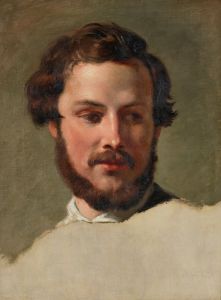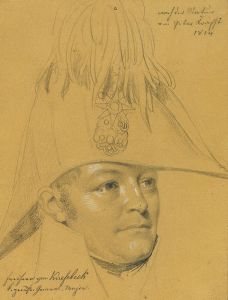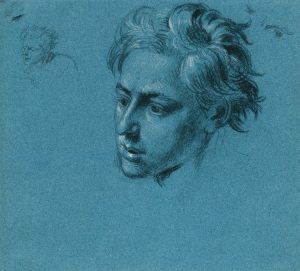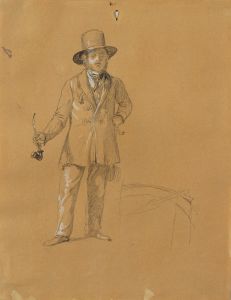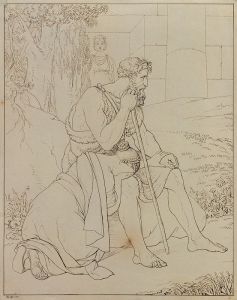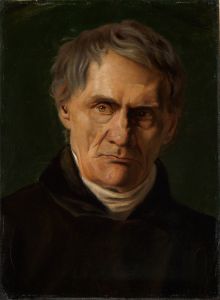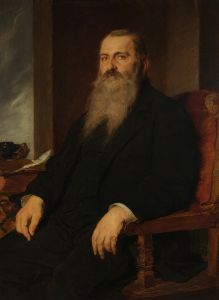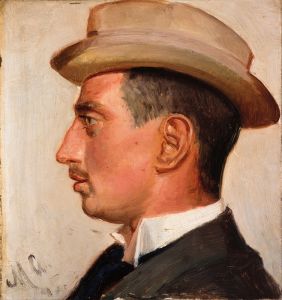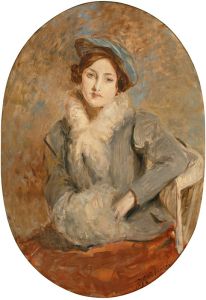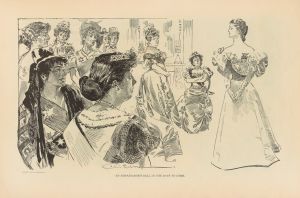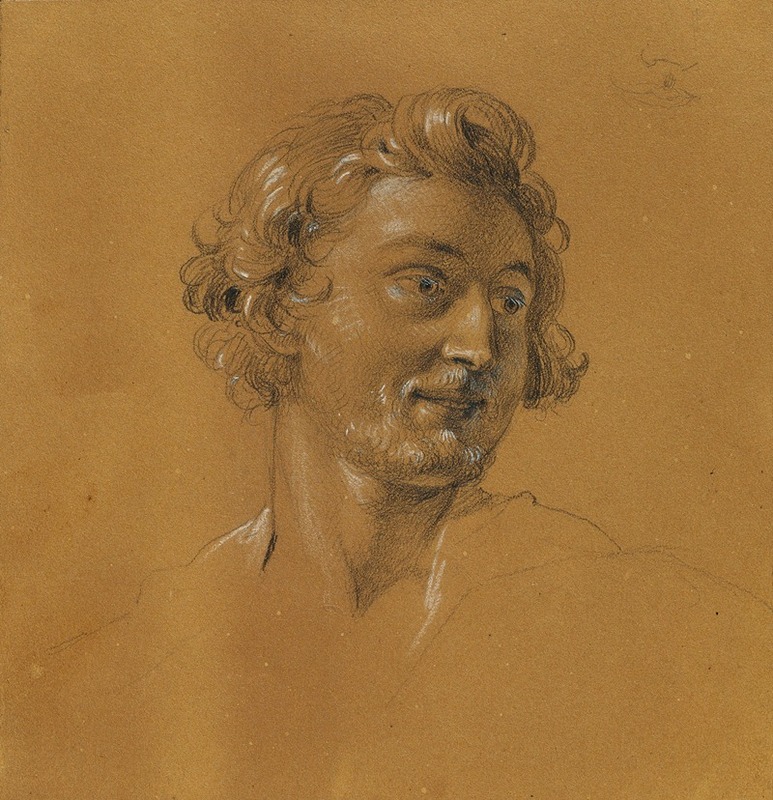
Studie zu ‘Rüdiger und Angelika’
A hand-painted replica of Johann Peter Krafft’s masterpiece Studie zu ‘Rüdiger und Angelika’, meticulously crafted by professional artists to capture the true essence of the original. Each piece is created with museum-quality canvas and rare mineral pigments, carefully painted by experienced artists with delicate brushstrokes and rich, layered colors to perfectly recreate the texture of the original artwork. Unlike machine-printed reproductions, this hand-painted version brings the painting to life, infused with the artist’s emotions and skill in every stroke. Whether for personal collection or home decoration, it instantly elevates the artistic atmosphere of any space.
Johann Peter Krafft was an Austrian painter known for his historical and genre scenes, and one of his notable works is "Studie zu ‘Rüdiger und Angelika’". This painting is a study, or preparatory work, for a larger composition that Krafft intended to create. Krafft, born in 1780 in Hanau, Germany, moved to Vienna, where he became a prominent figure in the art scene during the early 19th century. He was particularly recognized for his ability to capture dramatic narratives and emotional depth in his works.
"Studie zu ‘Rüdiger und Angelika’" is based on a scene from the epic poem "The Song of the Nibelungs" (Nibelungenlied), a Middle High German epic poem that is one of the most important works of German literature. The poem tells the story of dragon-slayer Siegfried, his murder, and the revenge taken by his wife Kriemhild. Rüdiger von Bechelaren is a character in the latter part of the poem, known for his loyalty and tragic fate. Angelika, however, is not a character in the Nibelungenlied, but rather a figure from another epic, "Orlando Furioso" by Ludovico Ariosto, which suggests that Krafft might have been inspired by a combination of literary sources or that the title might refer to a different narrative context not directly tied to the Nibelungenlied.
Krafft's study likely explores themes of chivalry, loyalty, and the complex interpersonal dynamics that are prevalent in epic literature. His works often reflect the Romantic era's fascination with medieval themes and heroic figures, capturing the emotional intensity and moral dilemmas faced by his subjects. The study would have been used by Krafft to experiment with composition, lighting, and character expressions, serving as a foundational piece for a more detailed and polished final painting.
Krafft's artistic style is characterized by meticulous attention to detail and a strong sense of realism, which he applied to both historical and genre scenes. His ability to convey narrative through visual art made him a sought-after painter in Vienna, where he contributed to the cultural landscape by depicting scenes that resonated with the national and historical consciousness of the time.
Throughout his career, Krafft held several prestigious positions, including that of a professor at the Academy of Fine Arts in Vienna. His influence extended beyond his paintings, as he played a significant role in shaping the next generation of artists through his teaching and involvement in the Viennese art community.
While "Studie zu ‘Rüdiger und Angelika’" itself may not be as widely recognized as some of Krafft's other works, it represents an important aspect of his creative process and his engagement with literary themes. The study exemplifies his dedication to exploring complex narratives and his skill in translating these stories into visual form. As with many studies, it provides insight into the artist's methods and the preliminary stages of artistic creation, offering a glimpse into the development of a larger, more comprehensive work.
In summary, Johann Peter Krafft's "Studie zu ‘Rüdiger und Angelika’" is a testament to his artistic prowess and his ability to draw inspiration from epic literature. It reflects the Romantic era's interest in historical and literary subjects, showcasing Krafft's talent for capturing the essence of these narratives through his art.






